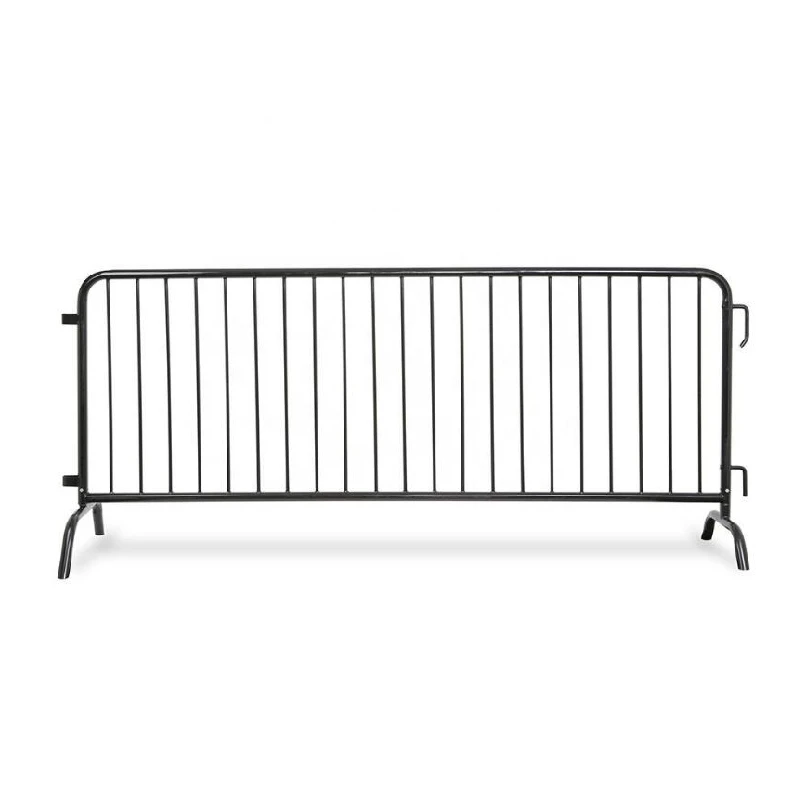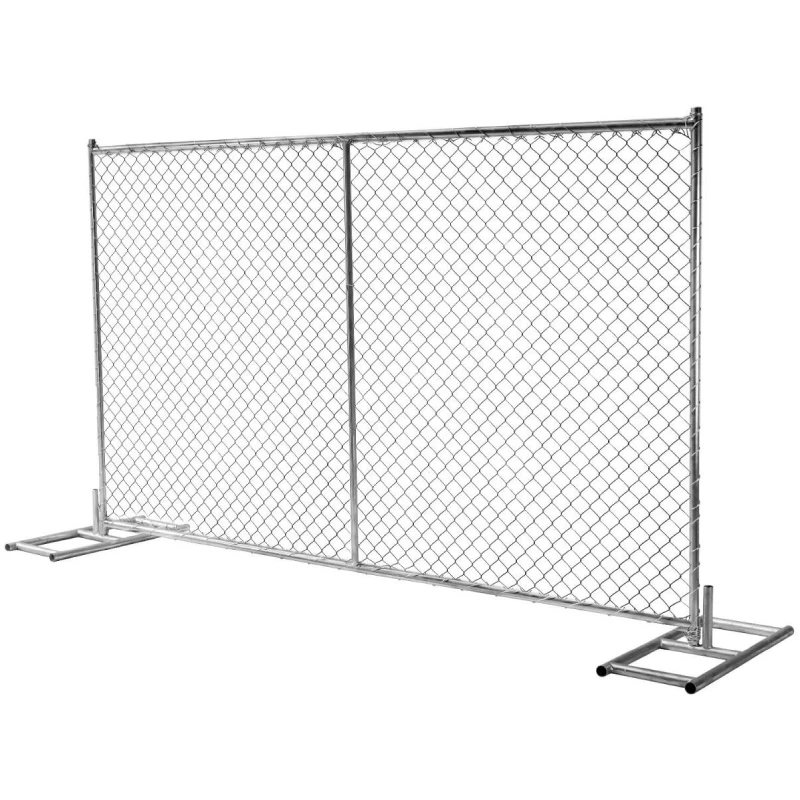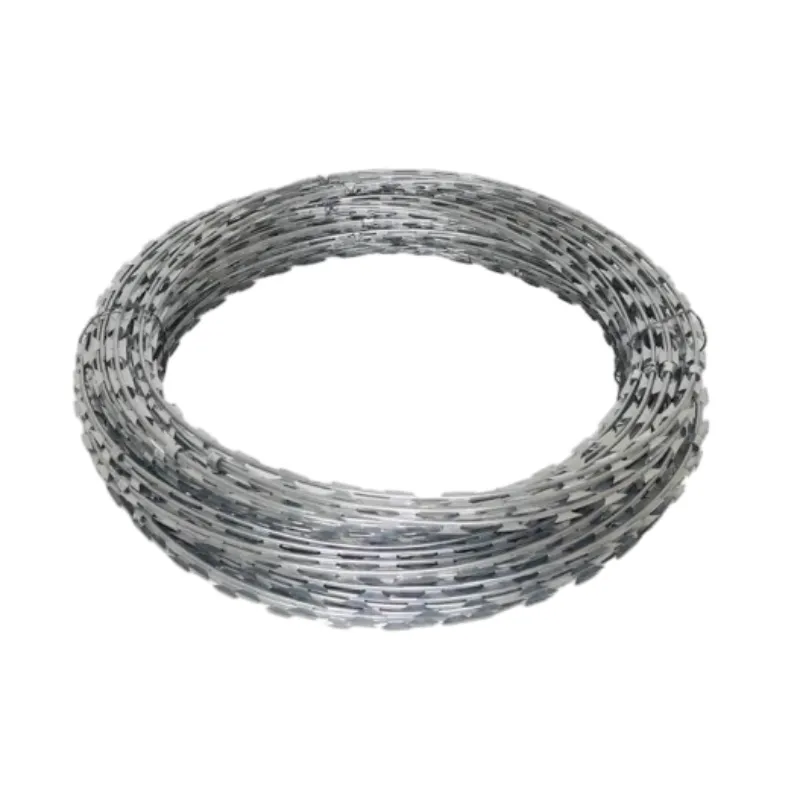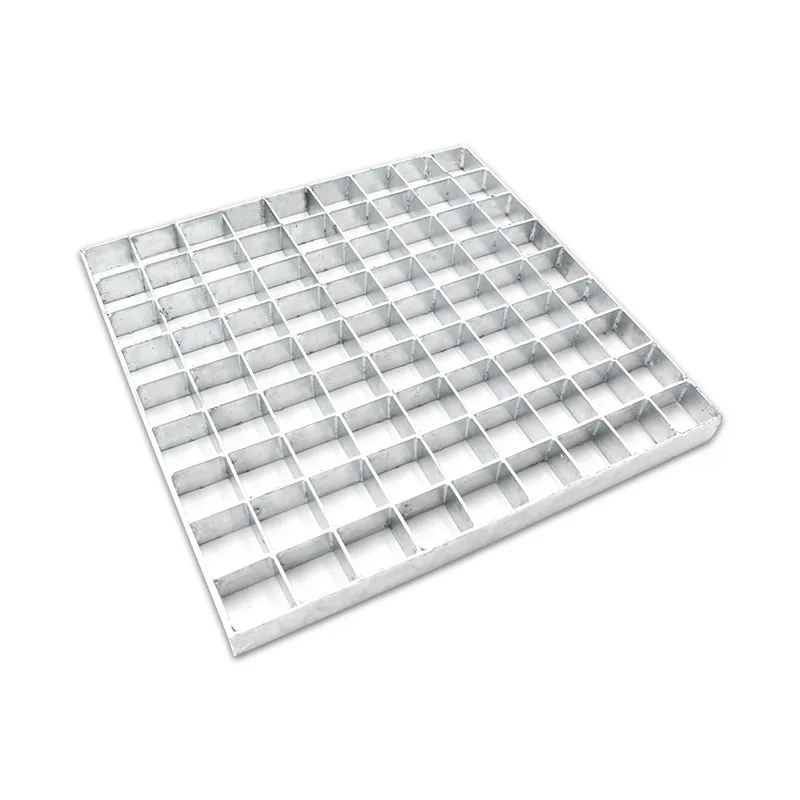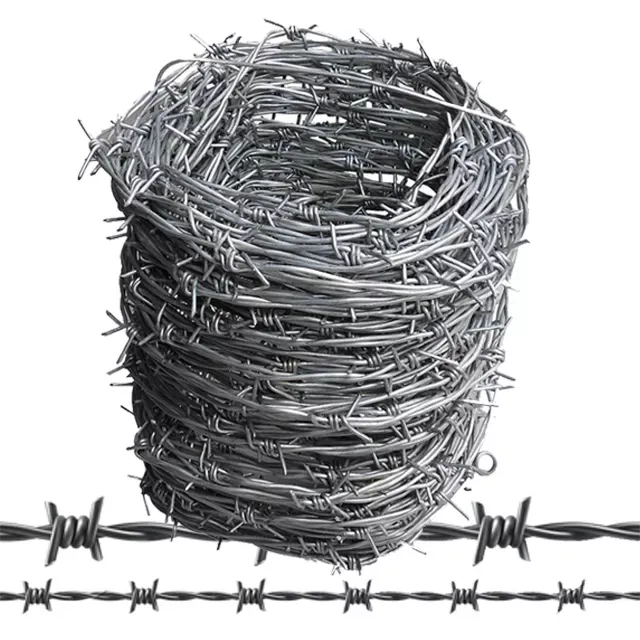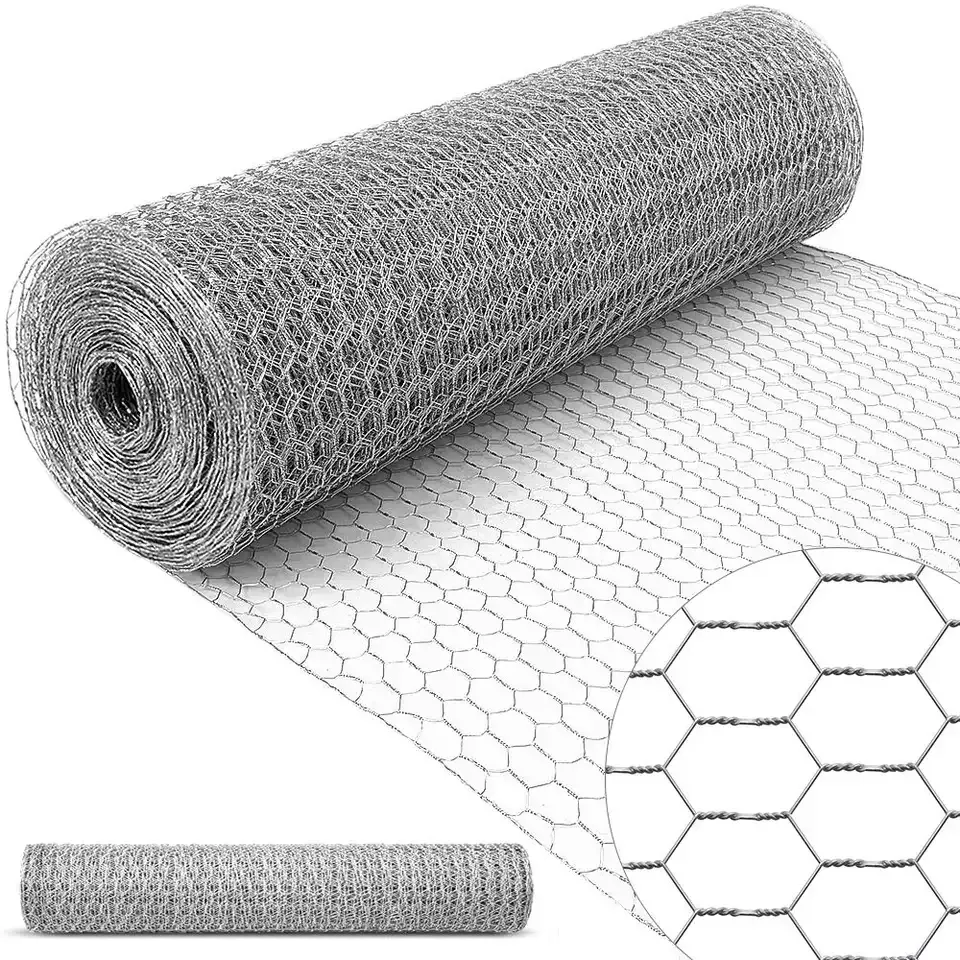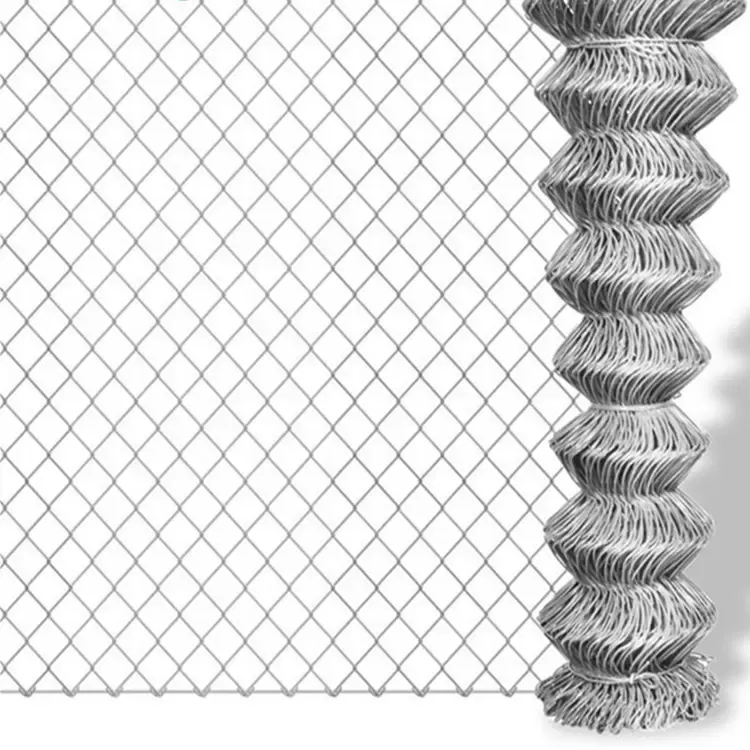
- Afrikaans
- Albanian
- Arabic
- Armenian
- Azerbaijani
- Basque
- Belarusian
- Bengali
- Bosnian
- Bulgarian
- Croatian
- Czech
- Danish
- Dutch
- English
- Esperanto
- Estonian
- Finnish
- French
- Galician
- Georgian
- German
- Greek
- hawaiian
- Hindi
- Hungarian
- Indonesian
- irish
- Italian
- Lao
- Latvian
- Lithuanian
- Luxembourgish
- Macedonian
- Maltese
- Myanmar
- Norwegian
- Polish
- Portuguese
- Romanian
- Russian
- Serbian
- Slovak
- Somali
- Spanish
- Swedish
- Thai
- Turkish
- Turkmen
- Vietnamese
Aug . 18, 2025 17:21 Back to list
Guide to Durable and Efficient Fence Post Solutions
Every great fence starts with a reliable fence post. Whether for residential gardens, commercial properties, farms, or security installations, posts are the essential anchor that supports the entire structure. Without sturdy posts, even the most expensive fence panels won't stand the test of time.
Modern fence post systems are made from a variety of materials, including wood, steel, aluminum, and concrete. Steel fence posts are especially favored for their strength, corrosion resistance, and long-term durability. Depending on your project, you might need square, round, or T-shaped designs—each offering specific advantages for different fencing types.
In addition to holding the fence in place, fence posts absorb external pressure from wind, animals, or impacts. With proper placement and installation depth (typically one-third of the post length buried), they ensure vertical alignment and structural integrity. Many modern posts also include pre-drilled holes or brackets, making the attachment of fencing panels or mesh more efficient.
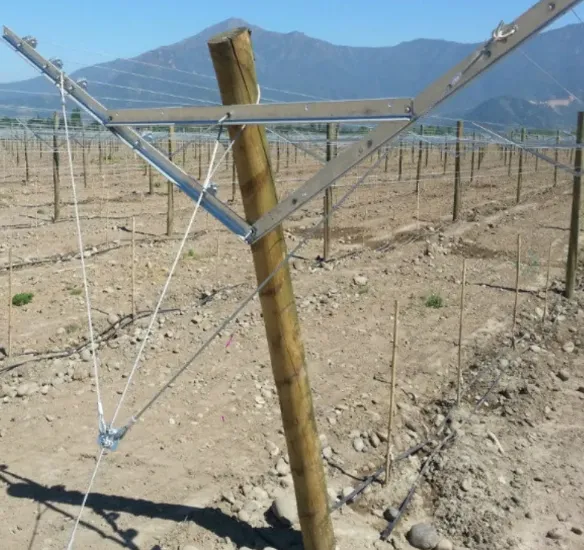
Fencing Post Options: Materials, Shapes, and Applications Explained
Choosing the right fencing post depends on your project needs and environment. For agricultural land, galvanized steel fencing post options are ideal due to their rust resistance and ability to withstand animal contact. In urban and residential areas, decorative aluminum posts or wooden posts add aesthetic value along with functional strength.
Wooden fencing posts are still widely used in landscaping and private yards. They offer natural appeal and can be treated for longer life. However, they may warp or rot over time without proper maintenance. Steel and concrete posts provide industrial-grade reliability and are widely used in commercial fencing, highway barriers, and construction zones.
Some fencing post types are designed for temporary use, featuring spiked bases or ground screws for quick installation and removal. Others, like concrete-set posts, provide permanent anchoring. Selecting the correct style, coating (galvanized, powder-coated, painted), and size ensures that your fencing post meets both aesthetic and structural goals.
Installation tools and accessories also vary. Ground anchors, base plates, concrete footings, and post caps are all part of a complete fencing solution. By investing in high-quality fencing posts, you lay the groundwork for long-term protection, privacy, and visual appeal.
Fence Post Cost: What You Need to Know About Budgeting Your Project
Understanding fence post cost is critical when planning a fencing project. Prices vary based on material, size, finish, and installation requirements. On average, basic wooden fence posts cost between $5 and $15 each, while galvanized steel posts range from $10 to $30 per unit. Decorative or high-security posts can go beyond $50, depending on custom features or coatings.
Bulk purchasing often leads to better pricing, especially when working with professional suppliers or manufacturers. Costs may also include additional items such as brackets, base plates, screws, or caps. Some suppliers offer package deals that include panels and fence posts, which can reduce overall project costs.
It’s important to consider long-term value, not just upfront fence post cost. While wooden posts may appear cheaper, their shorter lifespan and potential for decay might lead to higher maintenance and replacement expenses. Steel or concrete posts, though more expensive initially, typically offer 20–50 years of service life with minimal upkeep.
Labor is another major factor in fence post cost. Depending on soil condition, terrain, and access, installing posts may require digging tools, concrete, or even professional machinery. On average, labor costs range from $20 to $60 per post for installation, especially in hard ground or rocky areas.
Pulling Fence Posts: Efficient Removal Without Damage or Delay
Eventually, even the strongest posts need replacing or relocating—and pulling fence posts can be a challenging task without the right tools and techniques. Whether you're upgrading your fence or reclaiming materials, efficient removal is key to saving time, money, and effort.
The first step in pulling fence posts is assessing the type of anchoring. Concrete-set posts require breaking or loosening the footing. Using a high-leverage post puller, hydraulic jack, or chain and jack method can help lift the post vertically without damaging the surrounding area. Posts embedded directly in soil are easier to remove but may break if yanked without care.
Professional pulling fence posts equipment includes specialized jacks with gripping chains or clamps that reduce manual labor. These tools are especially valuable in large-scale projects where hundreds of posts need removal. For stubborn posts, softening the surrounding soil with water can make extraction easier.
Reusing posts after pulling is possible if they’re still structurally sound. Galvanized steel or treated wooden posts often remain usable even after years of service. Cleaning and re-coating can extend their life for another round of installation, offering a sustainable and cost-effective solution.
Why Quality Fence Posts Make or Break Your Fencing Project
When planning any fencing project, the quality of your fence post is just as important—if not more—than the fence panels themselves. Strong, corrosion-resistant, and correctly installed posts ensure the entire structure stands firm, regardless of weather, time, or external stress.
Investing in high-quality fencing post systems from reputable suppliers or manufacturers gives you peace of mind. You can expect longer service life, fewer repairs, and lower lifetime cost. Whether you're securing livestock, protecting a construction site, defining a property boundary, or enhancing home privacy, the right fence post makes all the difference.
Reliable suppliers will also help you calculate fence post cost, recommend the right dimensions, and offer installation tips tailored to your region’s soil and climate. Some even provide pre-assembled kits or onsite delivery, reducing setup time and effort.
Ultimately, whether you’re installing, budgeting, or pulling fence posts, understanding your options helps ensure project success. A strong fence is only as reliable as the posts beneath it—choose wisely and build securely.
pulling fence posts FAQs
What is the best material for a fence post?
The best material depends on your environment and fencing purpose. Galvanized steel offers long-term durability and rust resistance, making it ideal for most applications. Wooden fence posts are suitable for residential projects but require treatment and maintenance. Concrete posts are excellent for permanent, heavy-duty installations.
How deep should I install a fencing post?
As a general rule, a fencing post should be buried at least one-third of its total length. For example, an 8-foot post should have about 2.5 feet below ground. Deeper installation may be needed in areas with high wind, loose soil, or heavy load requirements.
How much does a fence post cost on average?
The fence post cost varies by material and size. Wood posts cost $5–$15, steel posts $10–$30, and concrete or decorative metal posts may exceed $50 each. Don’t forget to factor in installation and accessory costs like brackets and concrete footings.
Can I reuse posts after pulling fence posts?
Yes, in many cases. Steel or treated wood posts can often be reused if not bent, rotted, or corroded. After pulling fence posts, inspect for damage, clean the surfaces, and reapply coatings if needed. Reusing posts can save money and reduce waste.
What is the easiest way to pull out a fence post?
The easiest way is to use a post puller or hydraulic jack designed for pulling fence posts. These tools grip the post and apply upward force, often with minimal effort. For concrete-set posts, breaking up the footing first or loosening the surrounding soil helps with extraction.


